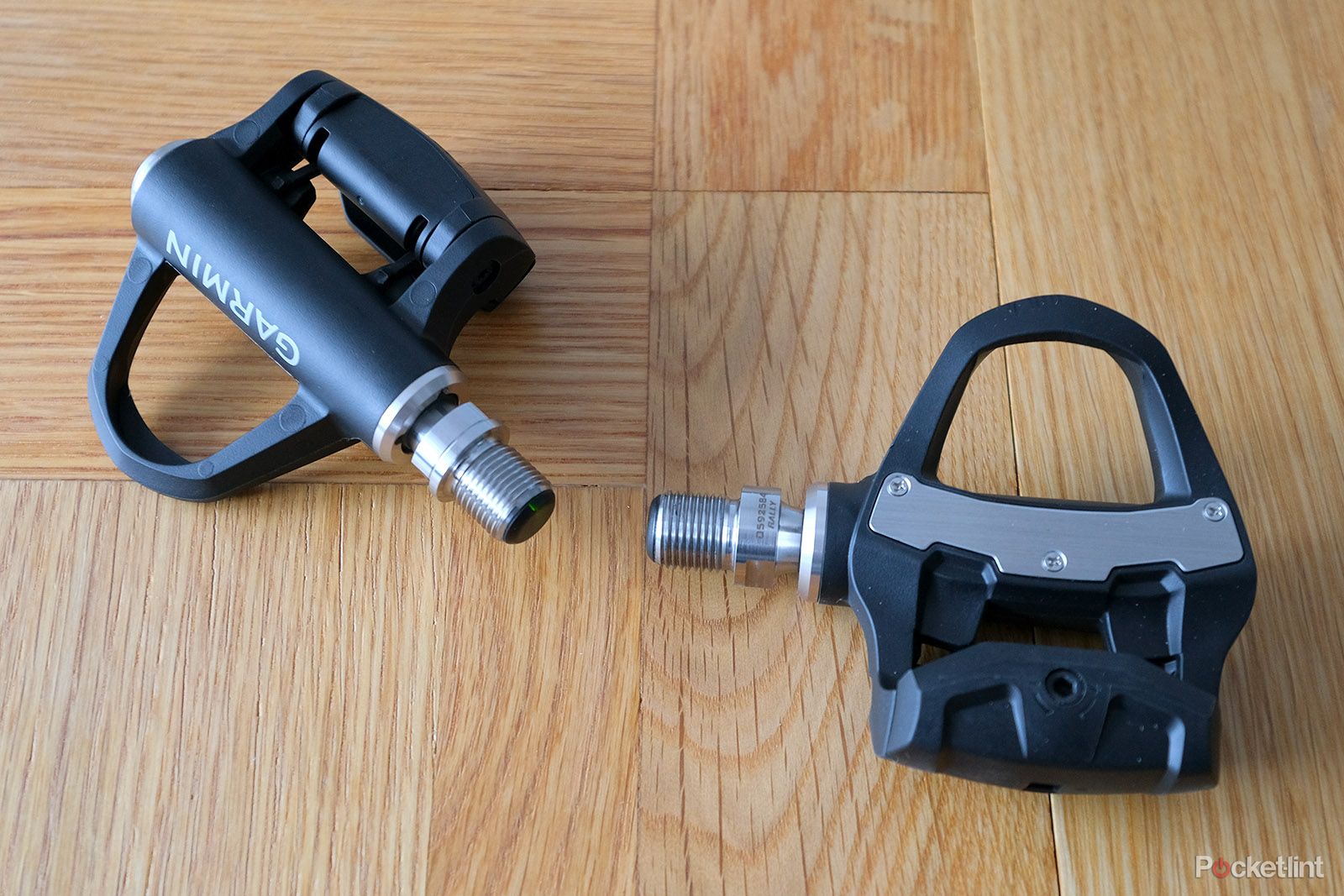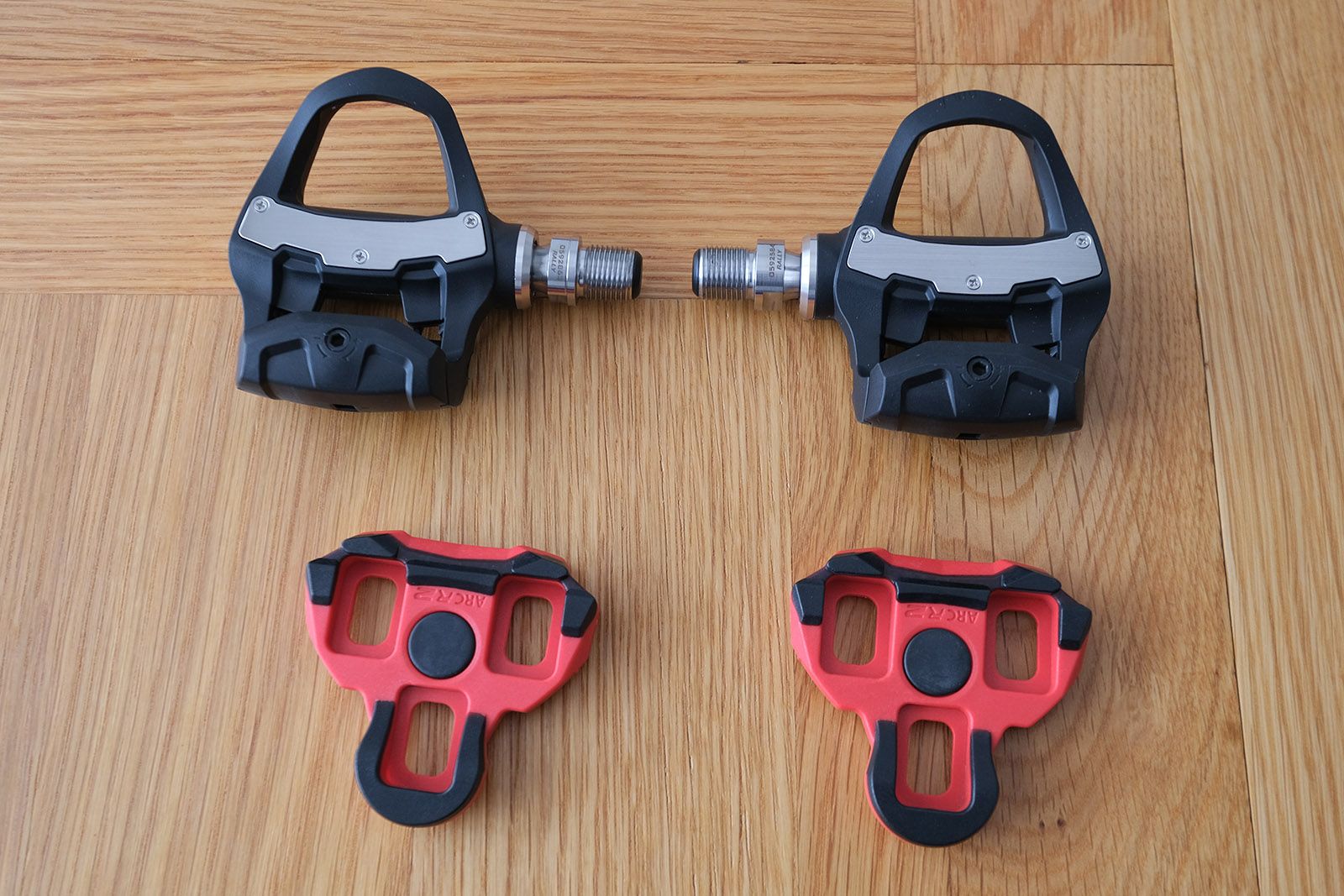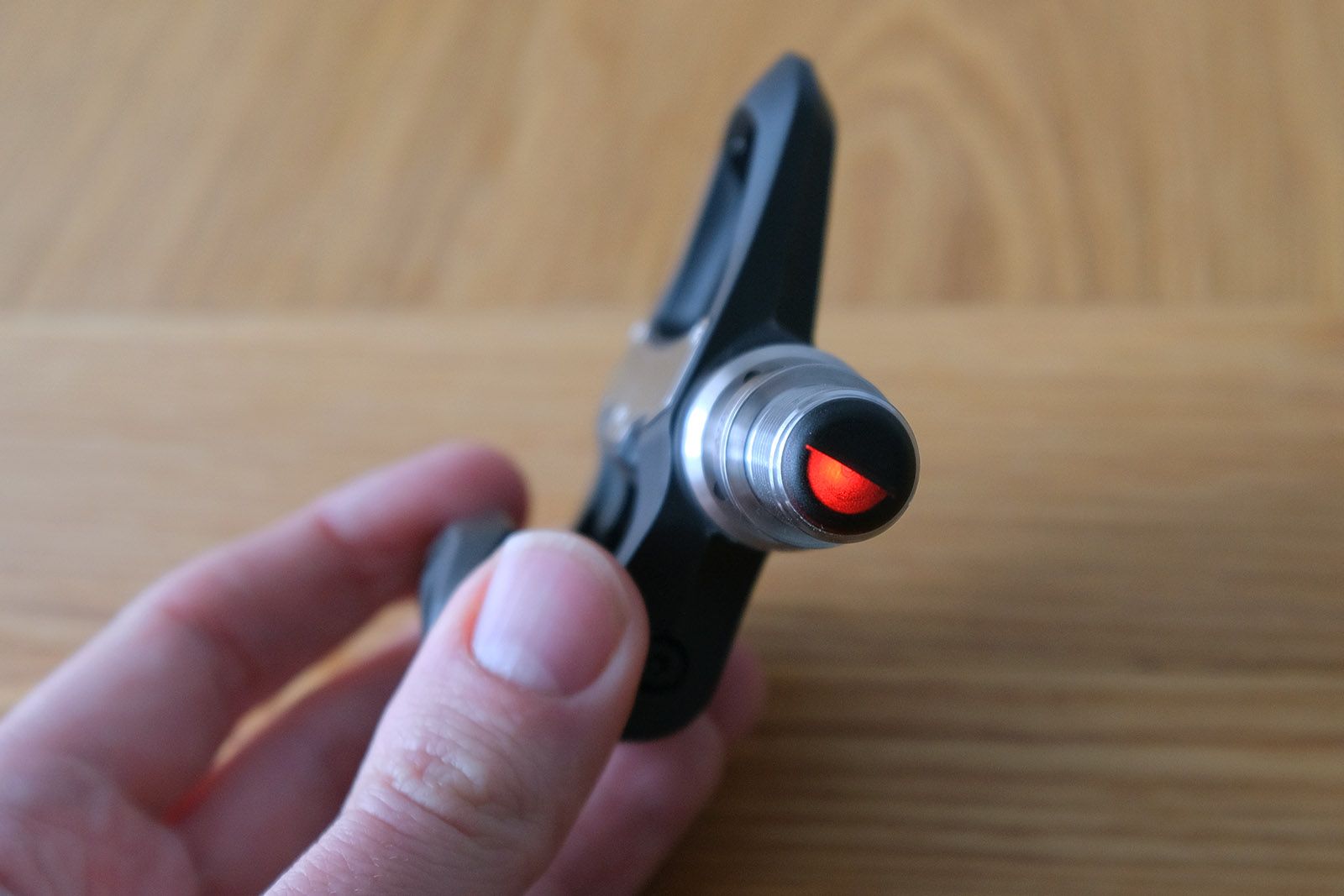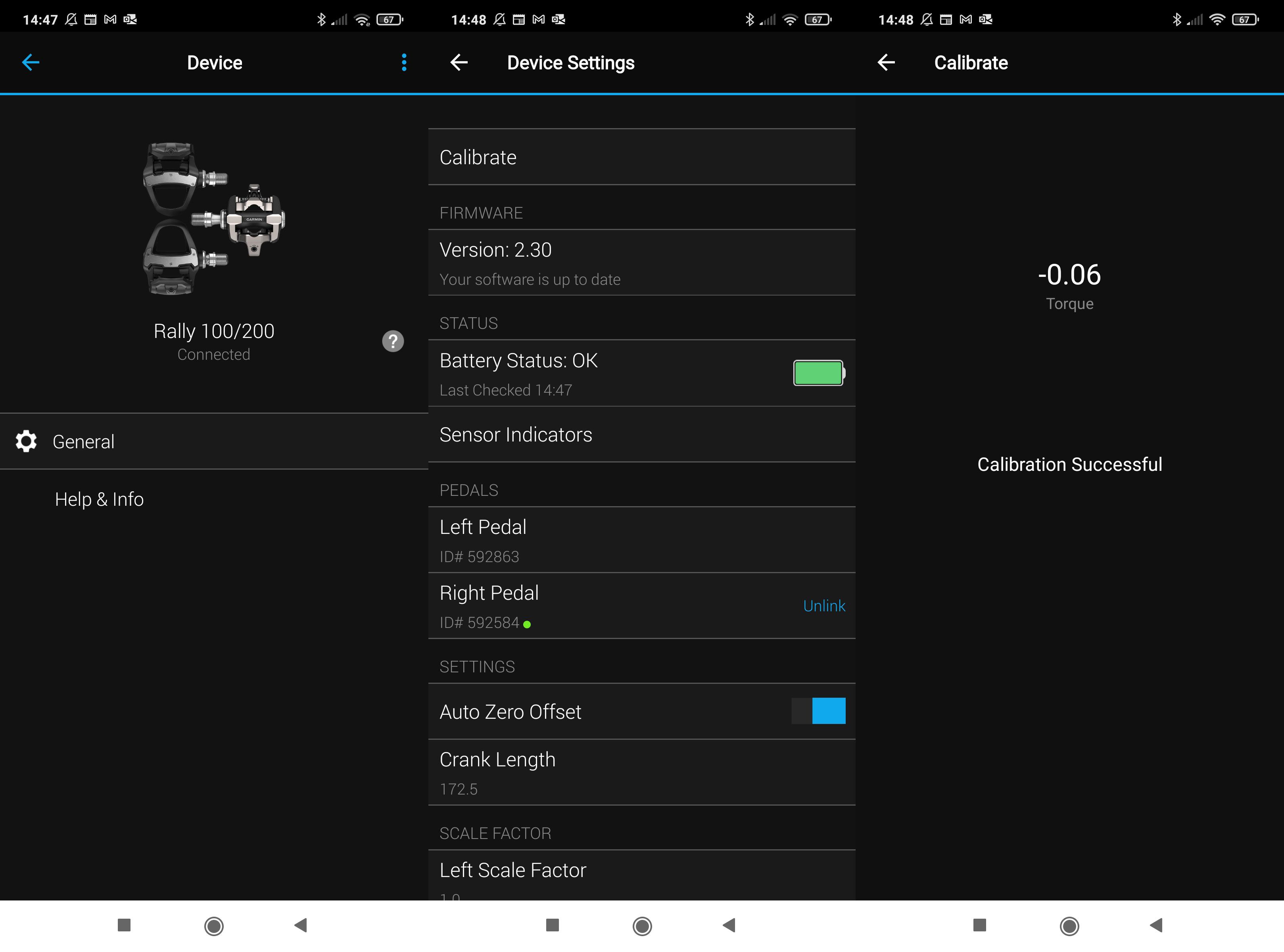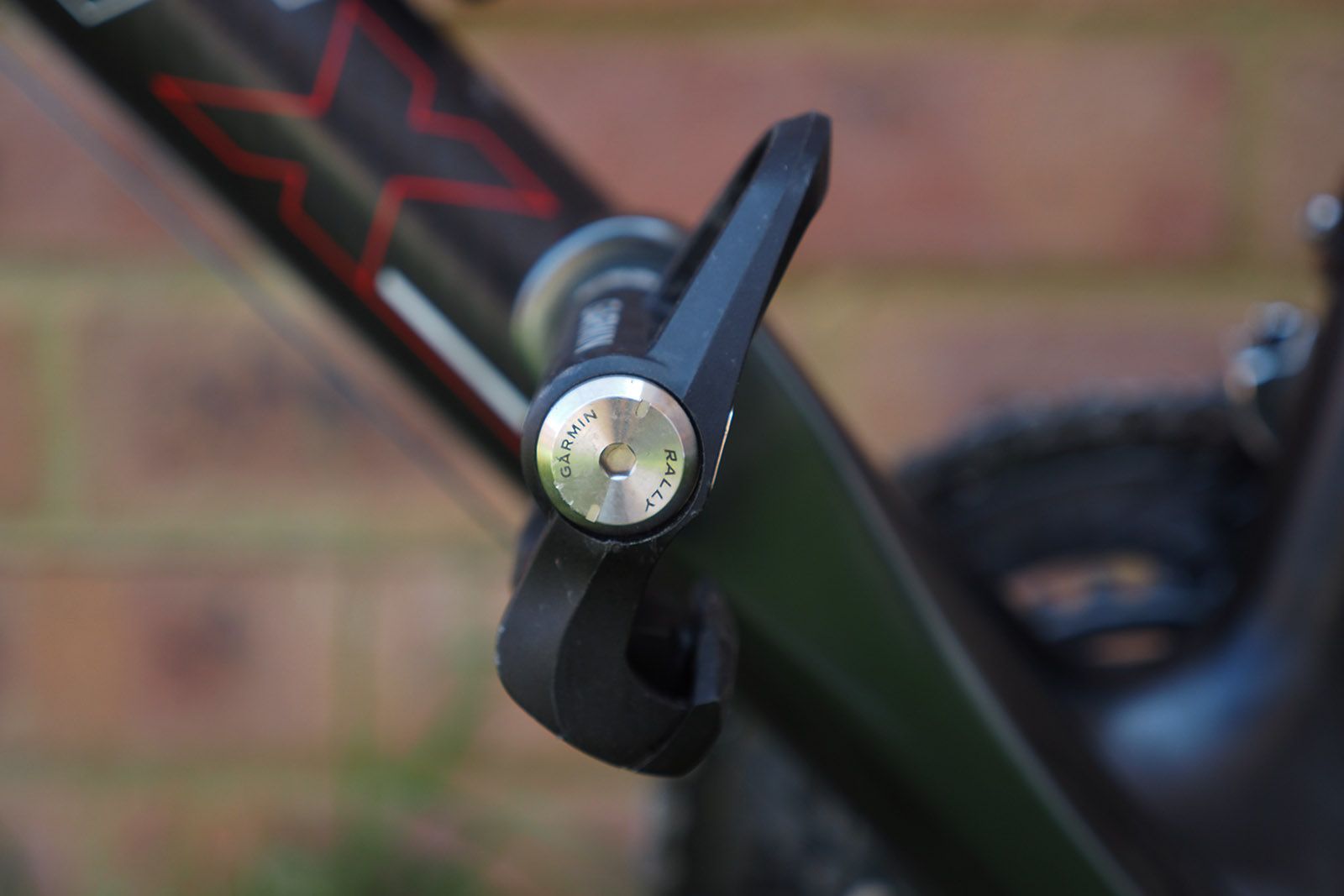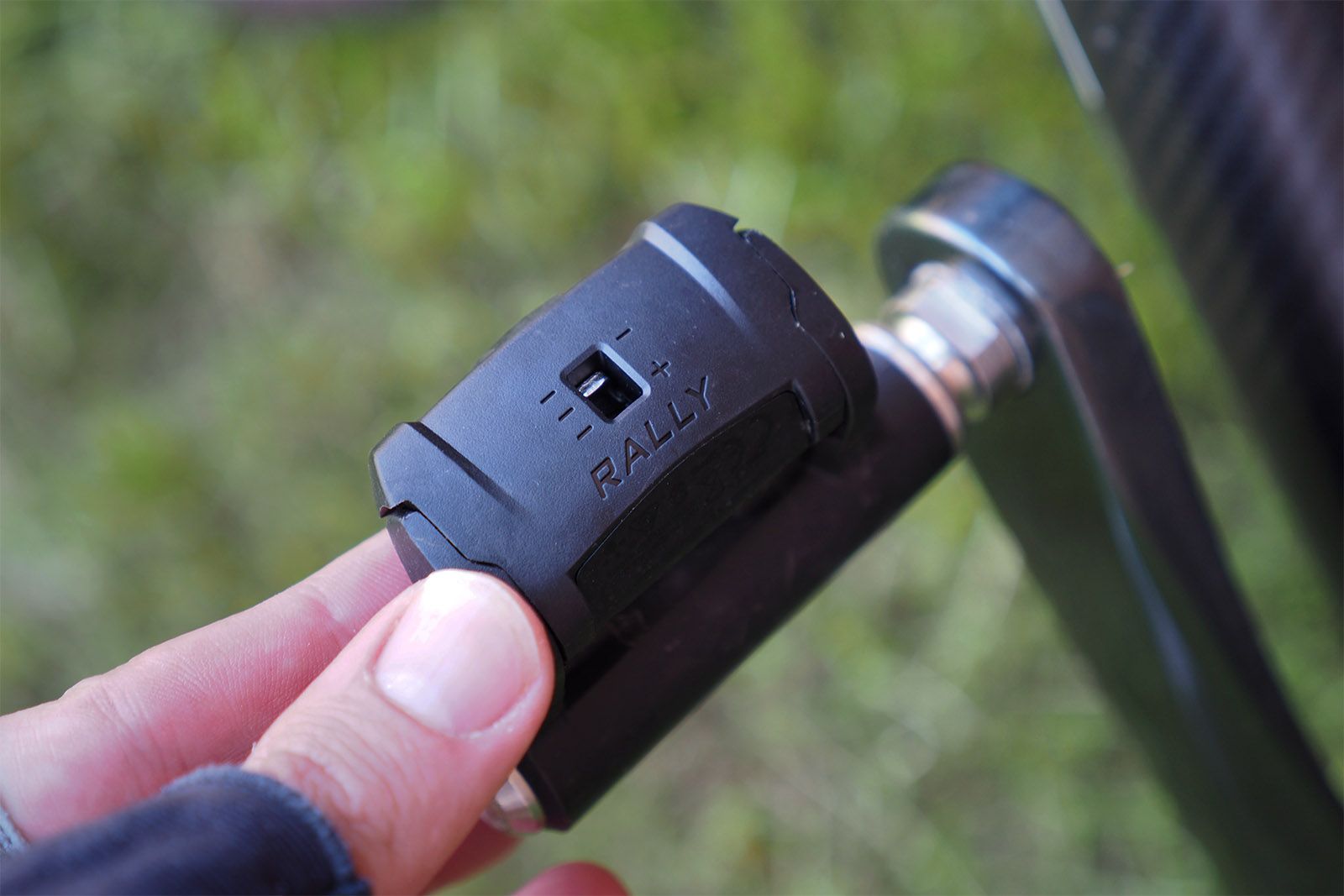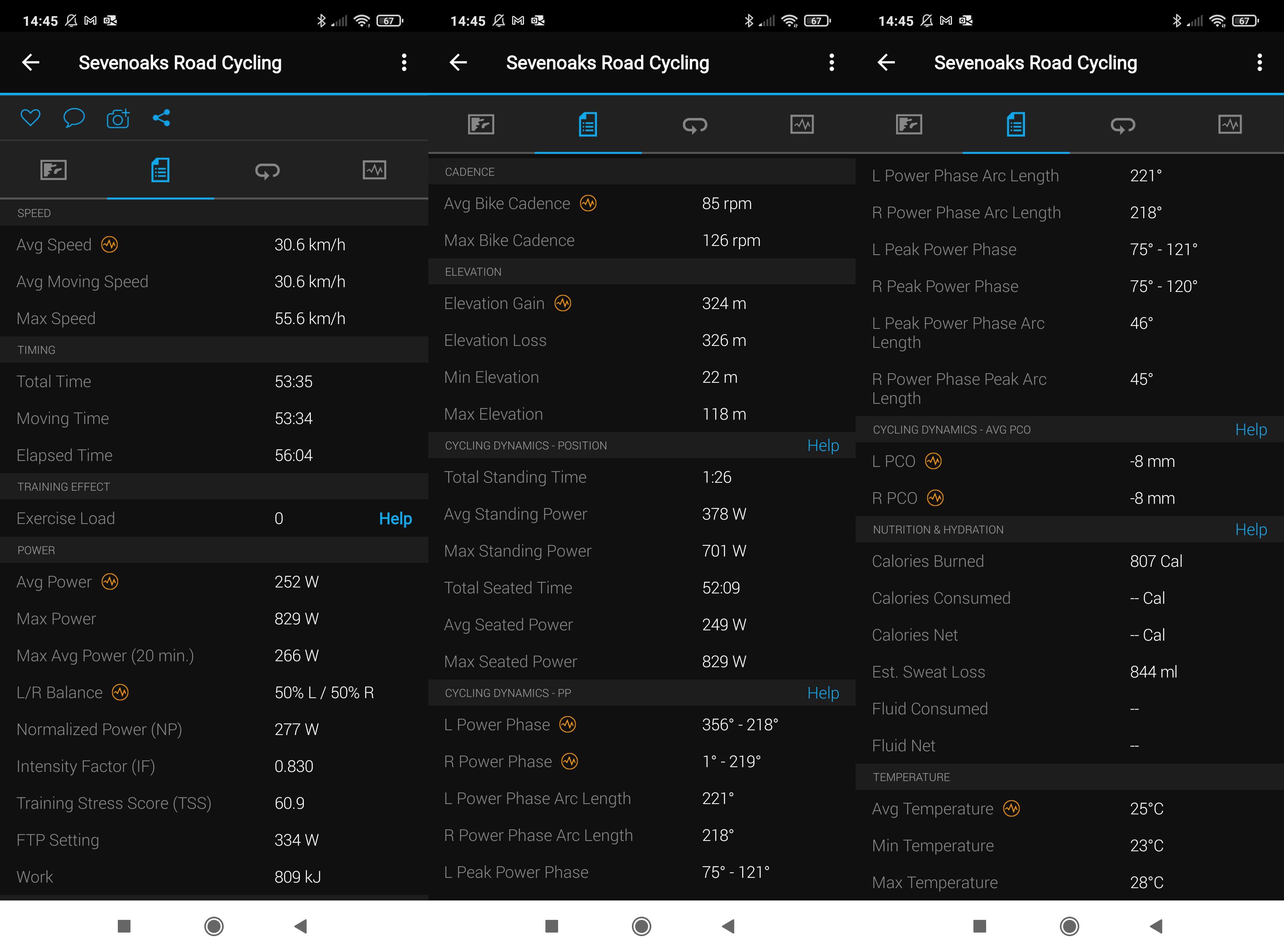So you want to get better at cycling? To ride faster for longer? Attack climbs with more left in the tank? Then you'll want to measure and assess your power output. Which is exactly the point of Garmin's Rally power meter pedals.
Up until now Garmin was all about its Vector products. Rally effectively replaces that series, bringing a more robust design that alleges to skirt around any problems suffered with the earlier Vector 3 models' battery door issues.
So just how good is the Rally at measuring power? We're 500 miles of outdoor riding into use so far - and here's what we make of these power pedals.
Our quick take
The Garmin Rally power pedals are ultimately unrivalled products in this market. If your quest in cycling is to grow your power for whatever reason or discipline - sprint ability, climb ability, average speed, and so forth - then there's nothing better on the market.
Sure, the price is huge - even more than the previous Vector 3 - but the reward is potentially just as huge for your training. There's heaps of data, reliable accuracy, and the reassurance that build quality is a step up this time around.
The ability to change the power spindle from one pedal to another is a nice idea, but in the real world we don't foresee that many will go down this route - it just needs to be simpler. It's also a shame that the pedals' batteries still require changing - there's no built-in with charging option - but that does mean class-leading 120 hours per coin battery, so in and around 2500 miles on the road.
All in all, if you can afford a pair and own a Garmin bike computer, then the Garmin Rally pedals will see you power forwards and ramp up your ability.

Garmin Rally 200 power pedals - 4.5 / 5
| FOR | AGAINST |
|---|---|
|
|
Garmin Rally RS200, Dual-Sensing Power Meter, Compatible with Shimano SPD-SL Cleats
RS vs RK vs XC: What's the difference?
- '100' designates single pedal power read / '200' designates both pedals
- RS = Shimano SPD-SL / RK = Look Keo / XC = Shimano SPD (for MTB)
First thing's first, there's a lot of Rally pedal choices. You'll see the RS100, RS200, RK100, RK200, XC100 and XC200 all as options. Which might look daunting at first, but actually makes a lot of sense.
The '100' designates a single pedal that's able to read power, which are the cheaper options in the series (although still far from cheap). The '200', by contrast, denotes that both pedals can read power for better left/right dynamics - but the price jumps by around 50 per cent for that privilege.
The letter codes are related to type of cleats. RS is the Shimano SPD-SL model - the first native power pedal of this kind (the Vector 3 was Look Keo). RK, as reviewed here, is the Look Keo model. Then XC is the mountain biking (MTB) style, with Shimano SPD.
Simple setup
- Weight: 326g
- No calibration required
- Waterproof rating: IPX7
- Adjustable release tension
- Transferable spindle (to install into other pedal body kits)
In the box you'll find a pair of Rally pedals and Garmin's equivalent cleats included, plus the tools to fit these to your shoes as necessary. As we've previously been using Look Keo, we opted for the RK200 model - as that meant no adjustment or replacement needed for our shoe/cleats setup.
We suspect a lot of interest will be in the RS100 and RS200 models, though, as those fit Shimano SPD-SL cleats (Garmin includes its own in the box, with four-and-a-half degrees of float; but you can attach proper SPD-SL with six degrees of float if that's what you have).
Attaching the pedals to your bike is the same as attaching any normal pedal. You'll need a 15mm pedal spanner to remove your old ones and to tighten the Rally pedals up nice and firmly. That's the physical install aspect all done.
Next up you'll need to open Garmin Connect and get the pedals 'talking' to your app. This allows for firmware updates to take place to ensure everything is as up-to-date as possible, along with various data screens.
We expect most will be riding outdoors using these pedals in conjunction with a bike computer, such as the Garmin Edge 1030 Plus, which makes it easy to sync and add the pedals via ANT+. You don't have to take this route, though, if you're instead using the pedals for a turbo trainer connected to a virtual programme such as Zwift - the software will recognise the pedals as your direct power source if needed.
Calibration is automatic, too, which makes setup super easy. Every once in a while Garmin Connect will ask for recalibration after a ride, but all you need to do is confirm the crank length and hit a button and one second later you're good to go again.
On the road
- Battery type: LR44/SR44 (x4) or CR1/3N (x2)
- Battery life: Up to 120 hours
- Power accuracy: +/- 1.0%
- ANT+ & Bluetooth
The Rally power pedals are designed differently to the earlier Vector 3. The new pedals use a metal cap for the battery door, not the plastic one of before, adding assurance that it's more robust. As you can see from our on-bike pictures, the smattering of mud and dried water droplets shows how we've been giving these pedals a thorough workout.
That's a big deal, really, as it was well known that early Vector adopters suffered issues with that battery door and needed a replacement. Same with the bearings in the pedals, too, which we're not yet far enough into riding - two months, 500 miles (it would be more, but the rain has been relentless in the UK during May 2021, so indoor training has taken preference) - but are still solid and smoothly operating at present.
Of course there still is a replaceable battery (or batteries) to consider. Garmin hasn't gone down the route of offering a built-in battery with at-home charging - which we think would be much more convenient. That said, we suspect the reason will be down to weight - the coin batteries inside remain light - and avoiding the risk of inflammation that you can get from li-ion batteries operating and charging in different ambient temperatures.
Garmin says you'll get 120 hours of use out of the Rally pedals. Let's say you're riding at 20mph - that's 2,500 miles before a change is needed. We're a fifth of the way into that and the app is still showing the battery charge as 100 per cent full, but we do know from previous experience with the Vector that a warning message will appear on your Garmin Edge / Connect app well before the battery has lost all its juice.
We've found connectivity to be solid, with quick locating and pairing each time we head out for a ride, and generally good responsiveness too - there's only a perhaps half-second or less delay from pedalling to power being displayed in real-time.
Power accuracy is on point too: we've compared our Tacx Neo Smart Bike's built-in power against the Rally RK200 paired to a Garmin Edge 1030 Plus while riding Zwift - one setup paired to software, the other running independently - and the readings have remained largely identical, save for a Watt or two here or there.
Interestingly with the Rally pedals there's the potential to move the spindles from one set of pedals to another. We like the idea of this - you might want to swap your pricey power-equipped spindles from road bike into mountain bike, for example. Problem is you'll need a pedal spanner, 12mm socket, 00 screwdriver, 4mm Allen key, extra grease, and a good place to be able to perform such a change - not to mention the time. It's not super-speedy to do, but if you can see value in it then it could save you on buying multiples of these high-price pedals. From our point of view, however, we think few to no buyers will go down this route.
Garmin Connect
- Connect app for iOS and Android
- Third-party support for Strava, etc
The main reason to buy power pedals is, of course, to see your power output while riding. This is particularly good for indoor training, so if you have a simpler trainer you'll be able to use such pedals to get an accurate read of power output so that you can engage in training plans and exercises - like those courses offered by Zwift to improve your FTP (functional threshold power), for example.
FTP is a measure of your maximal power output over time. If you can sustain a 300W average output for 20 minutes then your FTP will be 95 per cent of this, i.e. 285W. If you can sustain 300W average output for an hour then that is your actual FTP, i.e. 300W.
We've been slowly training to increase our FTP since obtaining power pedals and turbo trainers across the past six months. Having commenced at around 240W, we're now over 275W - a 15 per cent increase through putting the work in. Most importantly that's translating into more muscle ability for our known on-road routes.
It's worth noting that most of this training has, for us, taken place on Zwift, the virtual training platform, while using a Tacx Neo Bike. But knowing the figures from that bike and being able to translate that to real on-the-road rides with the Rally pedals can be really helpful for realising segment improvements on our well-known routes. But we're not done yet - there's more to do, more room to grow, which is where the Rally pedals maintain their worth.
Beyond the Watt output data, there's a lot of additional details available via Garmin Connect, so you can view left/right pedal form and power, seated and standing time (good for sprint training), maximum power output, cadence, normalised power, and heaps of other information. It's pro-level stuff that, with assessment and/or a trainer, could help you focus on and improve specifics.
If you're non-plussed about Garmin Connect then it's easy to get other apps to play ball, too, with auto-forwarding to Strava our go-to method.
Garmin Rally RS200, Dual-Sensing Power Meter, Compatible with Shimano SPD-SL Cleats
To recap
If your quest to grow your power for whatever cycling discipline - sprint ability, climb ability, average speed - then there's nothing better on the market than these power pedals. It's a shame there's still no built-in rechargeable battery though.

